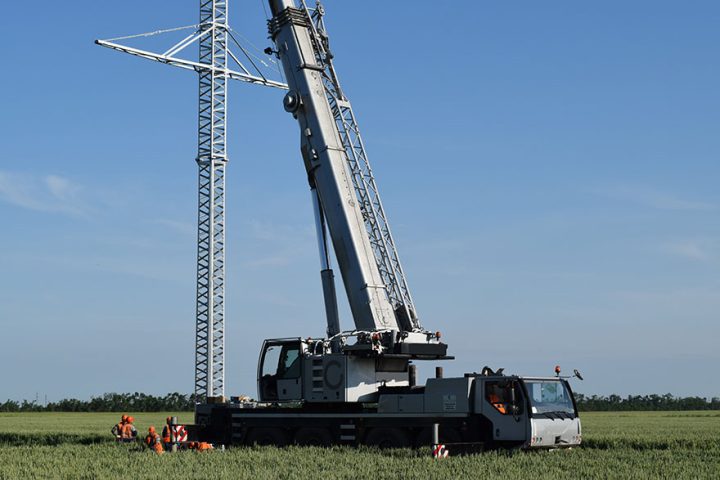
How To Perform Crane Inspection
Cranes are designed to lift and shift extremely heavy loads. These machines work round the clock to ensure that a project is completed within time. There is a huge variety of cranes and crane rigging equipment out there that are used by the construction and transportation industry. Regardless, they need proper maintenance and regular inspection to ensure serious accidents do not take place. In this article, we are going to discuss how and when to perform crane inspections to be always on the safe side. Let’s begin!
Why Does My Crane Need An Inspection?
Apart from ensuring longevity and safe lifting and shifting, crane inspections are strictly regulated in some states. Depending on the region or country, both small and large cranes may require permits before they are transported. In addition to that, only licensed individuals are allowed to operate these machines for safety reasons.
These factors go a long way when it comes to maintaining and inspecting the cranes. The reason is that only a licensed individual will be experienced and skilled enough to inspect a crane in the right spots for minor or major cracks or damages. Cranes comprise several different components. These components work as a team to lift and unload heavyweights.
Therefore, if any component were to become weak or malfunction, it could pose a serious threat to the people on the ground as well as the surrounding. In fact, numerous accidents have taken place in the past that could have easily been avoided just because the crane operators ignored basic inspection and maintenance.
Who Is Qualified To Inspect The Crane?
Even though some regulations state that it is the responsibility of the operator to inspect the crane before using it for different tasks, but certain government bodies overlook the process too. For instance, in the United States, the Crane Manufacturers Association of America is responsible for ensuring proper maintenance of the cranes.
They state that a crane inspector should have at least 2,000 field working hours as experience when it comes to servicing, repairing, modifying, and testing the functional features of a crane, especially the hoisting equipment.
In addition to that, CMAA states that a person cannot perform inspection, without any exception, if he/she does not meet the prerequisites. Furthermore, CMAA also ensures that a crane inspector should be familiar with the local rules and regulations in addition to the safe lifting and shifting practices.
When To Perform Crane Inspections?
Initial Inspection
The initial crane inspection procedure is done for newly installed cranes and for equipment that has been recently altered or modified/repaired for different purposes. To test such cranes, an authorized individual is supposed to visit the area where the crane is installed and inspect it thoroughly.
Once the inspection and testing are done, the inspector will prepare a written report that will include the confirmation of the load rating of the system. It should not be more than 80% of the maximum load sustained during the test.
Functional Test Inspection
A functional test inspection should be performed at the beginning of every shift. This is also a thorough checkup process, which includes inspecting the hoisting equipment, valves, tanks, links, and other important parts of the hydraulic system.
In addition to that, the inspection will also include the stretching of the crane beyond the manufacturer’s recommendations. Plus, these inspections are to be performed every month by an authorized individual with a detailed record of the time, date, duration, and components checked.
Frequent Inspection
Frequent inspections include all the aspects of the Functional Test Inspection along with operating mechanisms. This means that the inspector should carefully inspect the wire rope, hoist brake, load chain and check for any unusual sounds. Plus, the latch and hook require a detailed inspection as well.
However, the frequency of these inspections depends on the usage of your crane. A crane under normal service should be inspected monthly, whereas a crane under heavy service should be inspected weekly to monthly.
Furthermore, frequent inspections do not require a record like the functional test inspection but proper documentation will show how the crane was inspected and whether it is safe to use before a shift begins. This documentation will also help fight against legal troubles if, in case, an accident takes place due to a manufacturing fault.
Final Word
Concluding, performing regular inspections and maintenance is important when it comes to using cranes for extremely heavy loads. Be it mobile or heavy cranes, inspections ensure safety and prevent serious accidents. Also, work with crane rentals VA who perform regular crane inspections and provide recommendations for inspections before lifting a load.
Categories: Business
